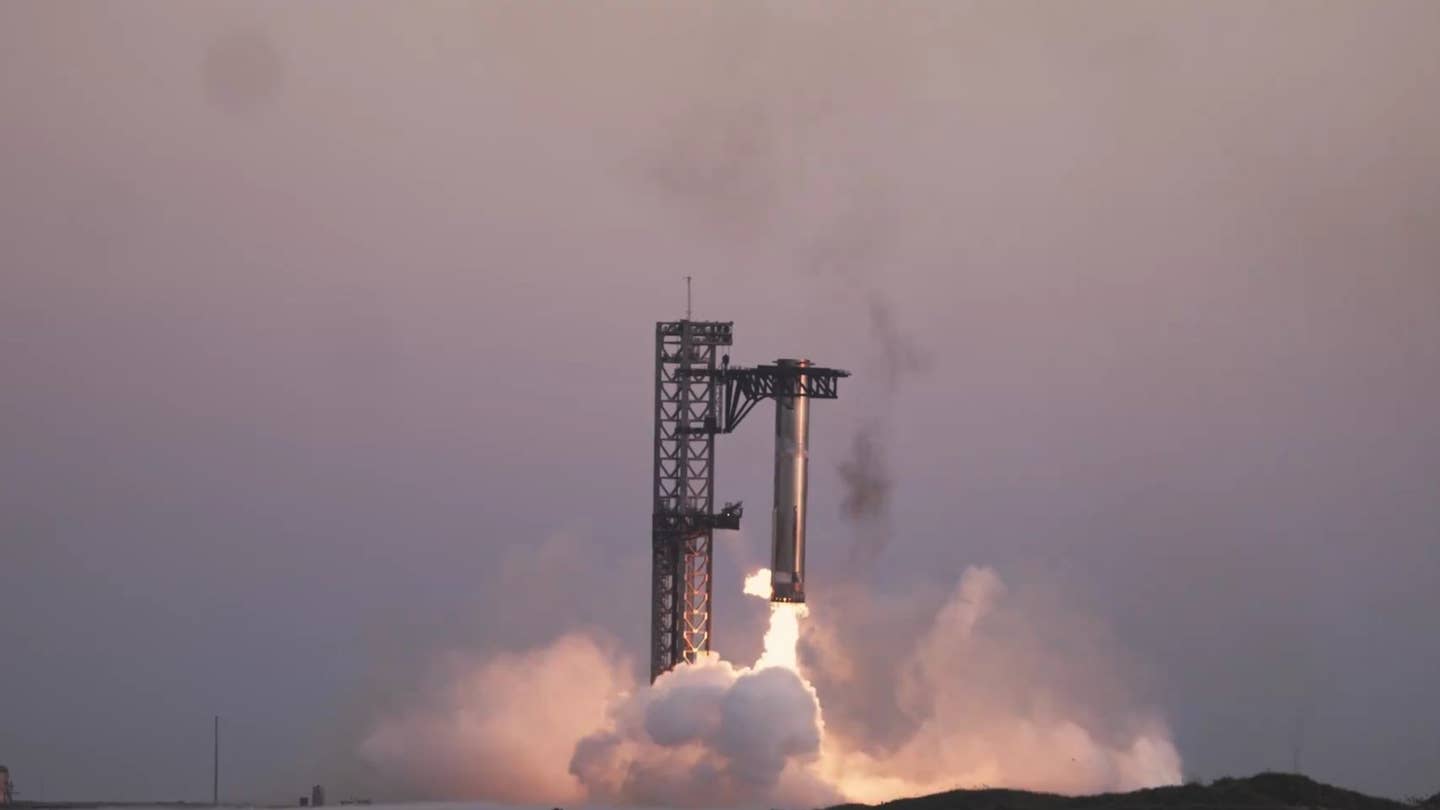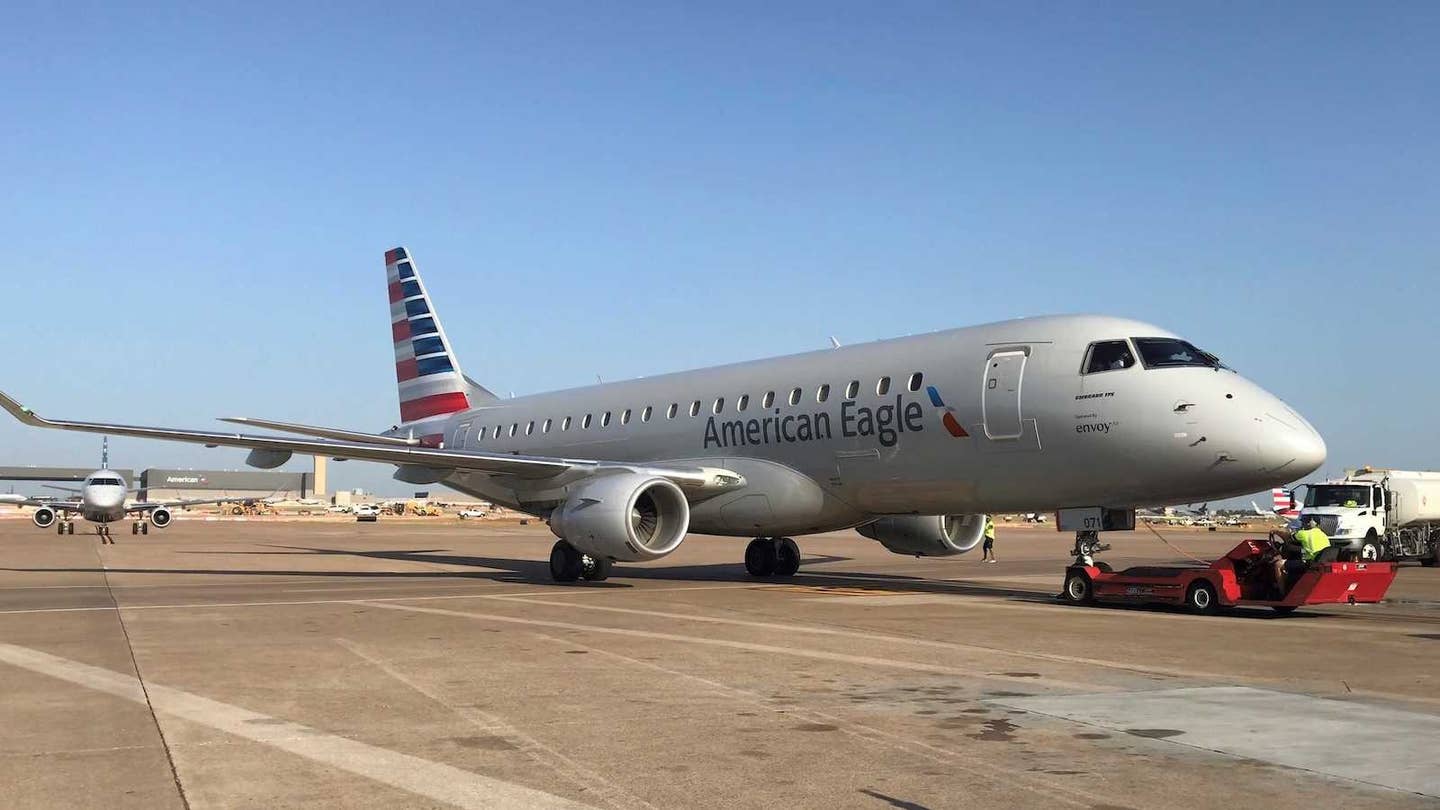
The overrun accident experienced by an Ameristar MD83 plane, which was carrying the Michigan men’s basketball team, may have occurred because of an elevator malfunction. Ameristar
The National Transportation Safety Board preliminary report of an MD-83 overrun accident a few weeks ago in Ypsilanti, Michigan, uncovered a mechanical problem with the right elevator of the charter airliner, although investigators say it is too early to conclusively point to the elevator as the cause of the accident.
An eerie near-replay of the May 2014 Gulfstream takeoff accident at Bedford, Massachusetts, the MD-83 reached a speed of 173 knots before the flying pilot rejected the takeoff. The airliner was unable to stop in the remaining runway and eventually came to rest 1,000 feet beyond the end of YIP’s 7,543-foot-long Runway 23L. All 109 passengers and seven crewmembers aboard the Ameristar Air Cargo Inc. flight evacuated via escape slides with only one person sustaining a minor injury. The passengers included the Michigan men’s basketball team, which was on its way to the Big Ten Tournament in Washington, D.C.
Post-accident examination revealed movement of the control column in the cockpit appeared normal and that both columns were free to move while the elevator control tabs moved as commanded. However, when investigators tried to move the elevator surfaces by hand, the left elevator moved normally, but the right elevator was found jammed in the airplane nose down position. Damage to the right elevator geared tab inboard pushrod linkage restricted movement of the right elevator surface, but allowed for control tab movement. After the damaged components were removed, the elevator could be moved by hand. The NTSB analyzed data from the aircraft’s prior flight to YIP two days before that showed normal movement of both the left and right elevator surfaces.
Flight data recorder information showed that during the taxi and the takeoff roll, the left elevator moved normally, but the right elevator did not. During the takeoff roll, the left elevator began a large airplane nose-up movement (consistent with rotation) at an airspeed of about 152 knots and continued for five seconds to about 166 knots. There was no change in the airplane pitch attitude during this time. Shortly thereafter, the pilot rejected the takeoff, but not before the aircraft had reached 173 knots.
Both pilots of the MD-83 held extensive experience in type at the time of the accident. Ameristar’s chief pilot was acting as PIC from the right seat, providing differences training to the captain and flying pilot in the left seat. The Ameristar chief pilot had logged 9,660 total flight hours, with 2,462 hours in DC-9 series airplanes. The captain (flying pilot) had 15,518 flight hours, with 8,495 hours in DC-9-series airplanes. The DC-9 type rating covers operation of the MD-83 aircraft.

Sign-up for newsletters & special offers!
Get the latest FLYING stories & special offers delivered directly to your inbox






